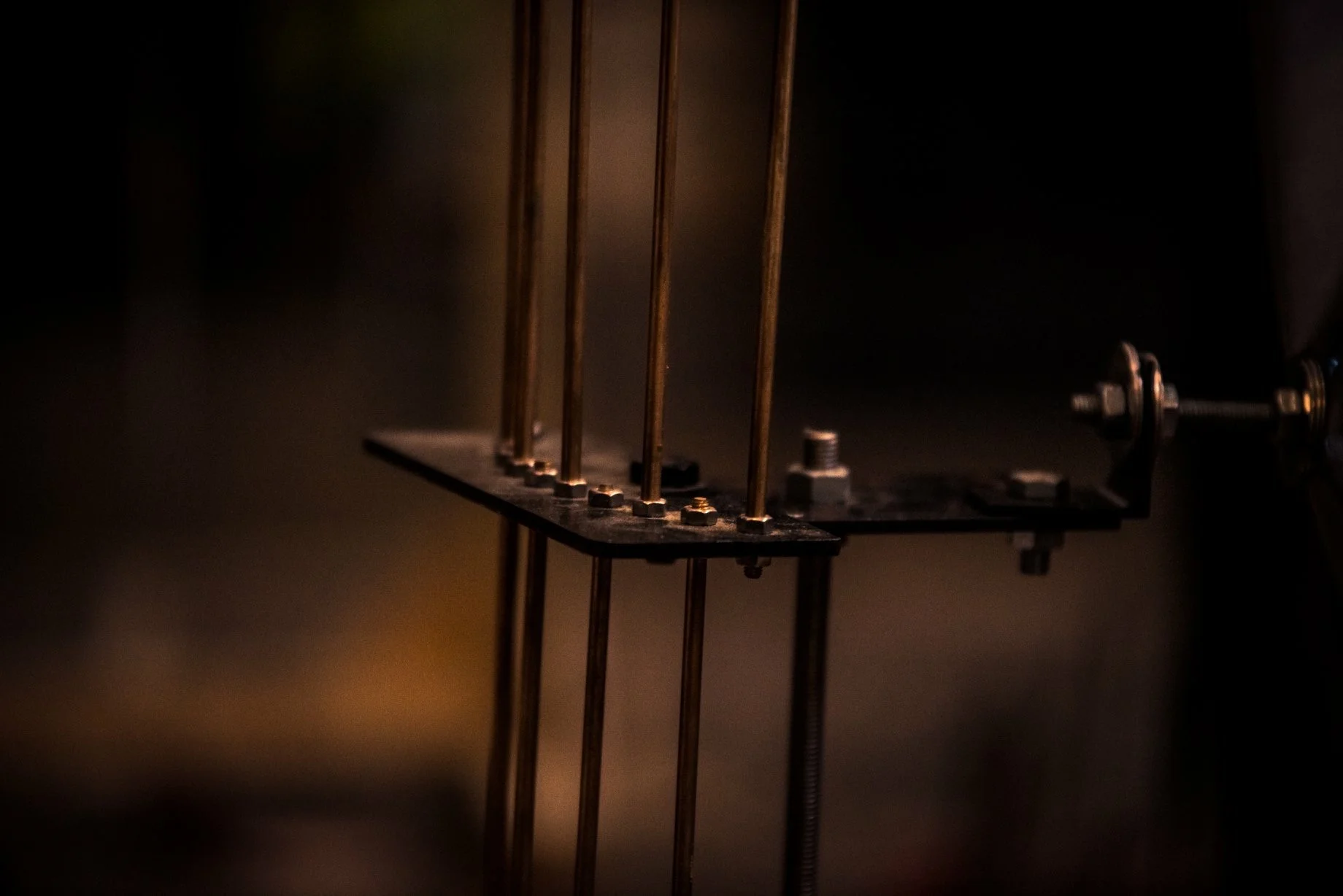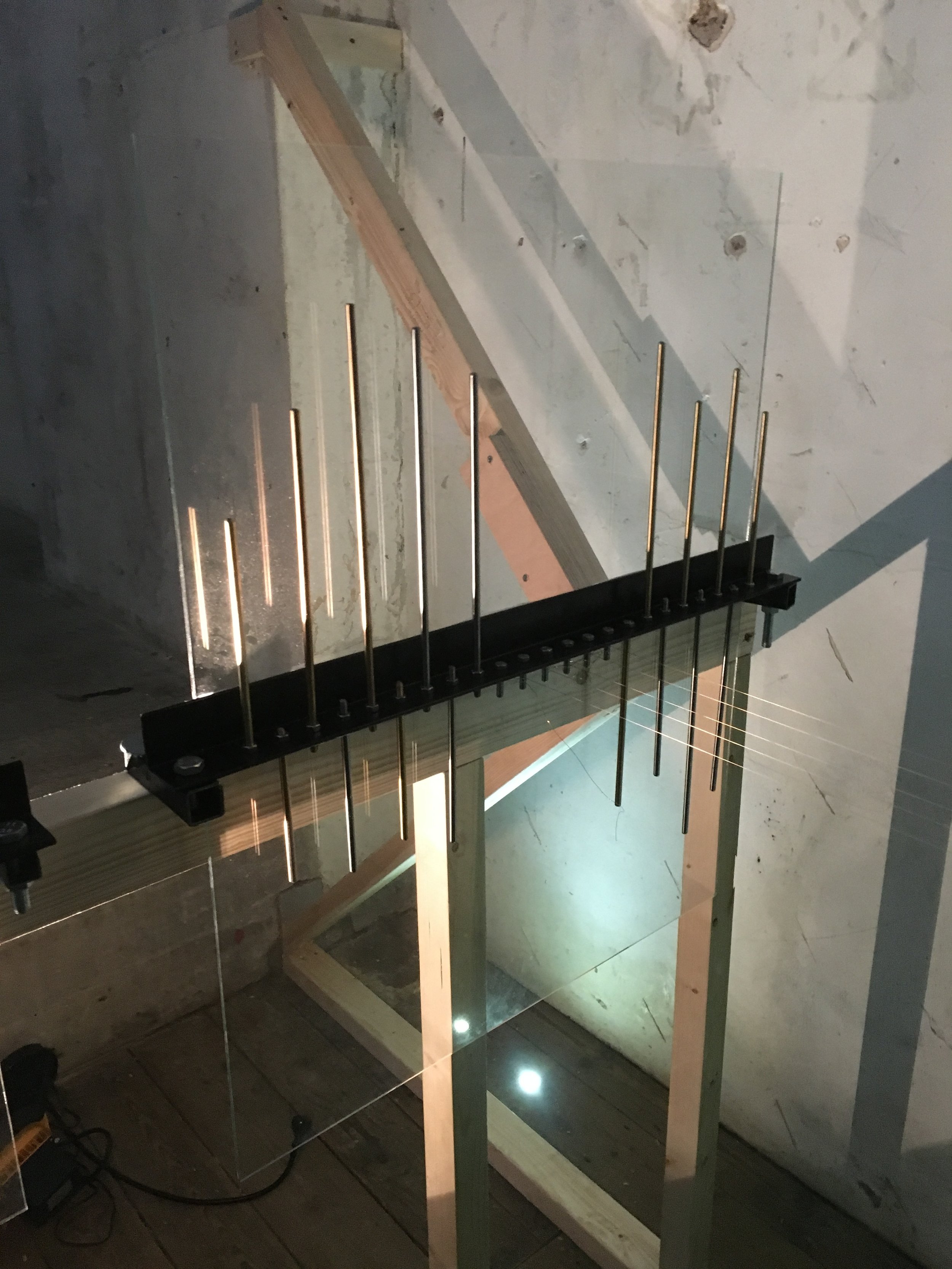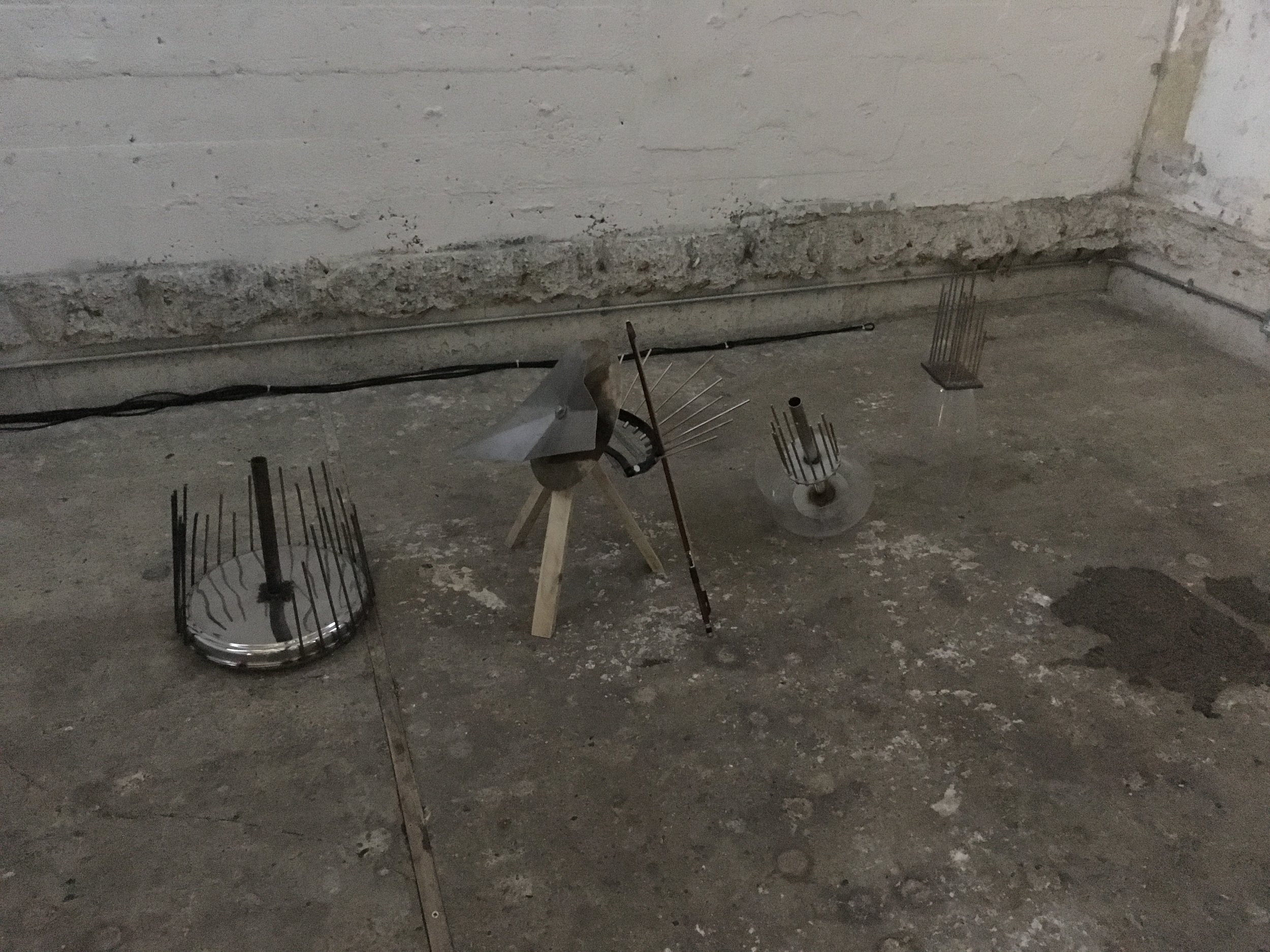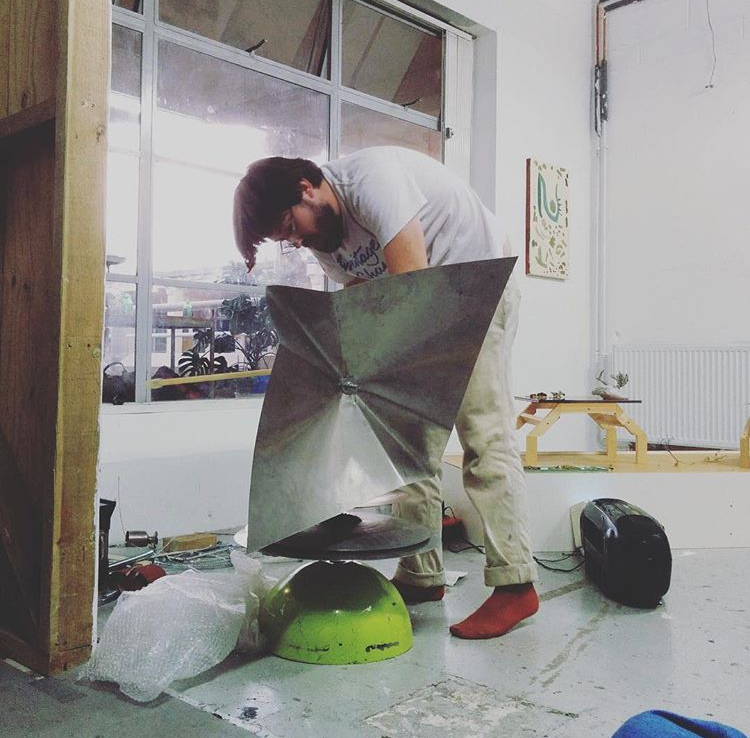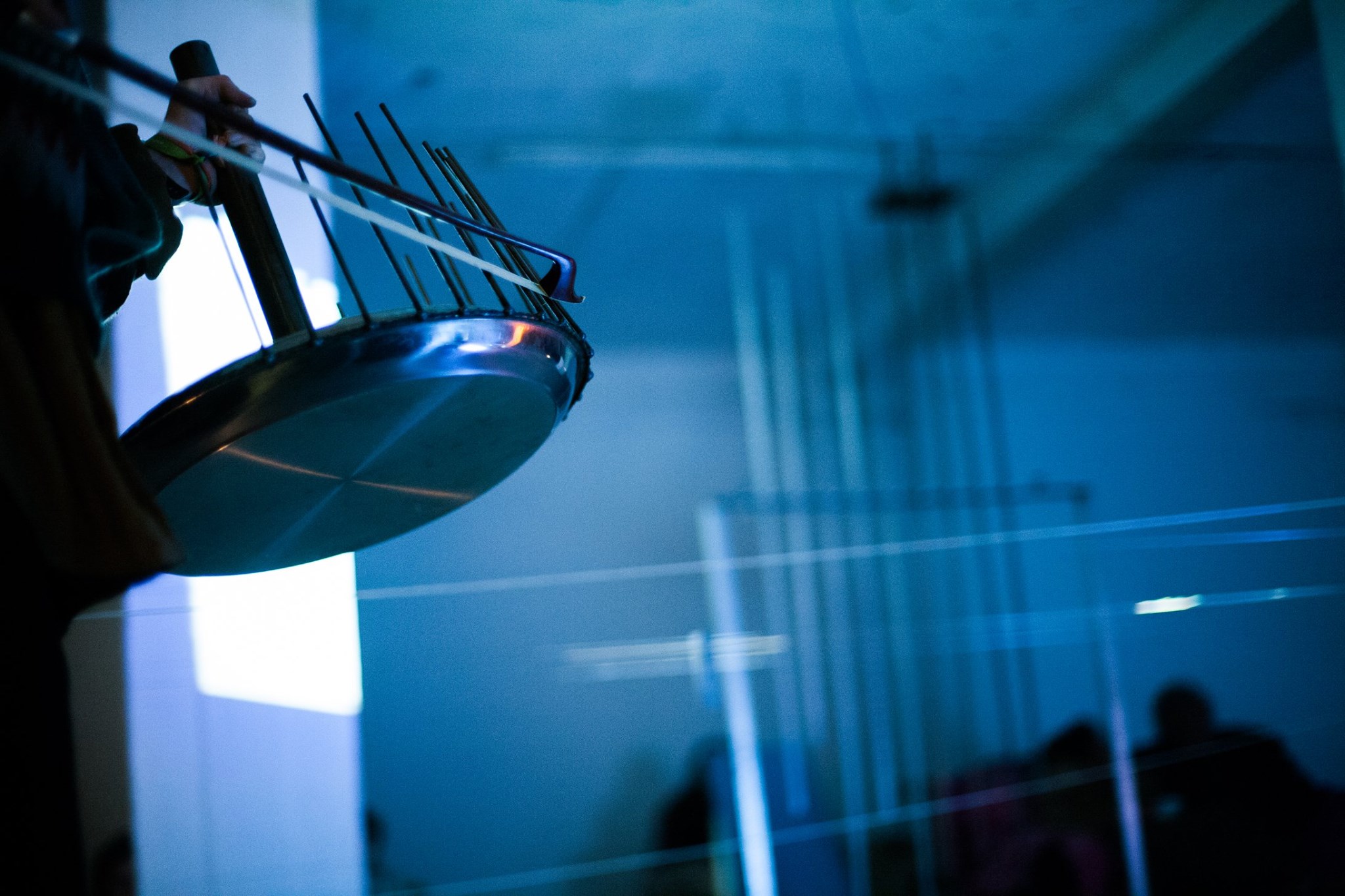Emotional responses to vibration, and therefore sound are fundamental aspects of human existence. Our desire to search for new sounds, and indeed tame them has resonated throughout human history. Even to this day fascinating new tools and methods are being developed to aid and enhance our listening, especially in the field of musical instruments.
Whether it is evolutionary, cultural or social there is a human tendency to create and re-appropriate sonic tools in order to interrogate and return to sounds for new emotional responses.
The role of the instrument builder is to observe and interrogate vibrations; materials; movement; interactivity; sonic exploration; aesthetics; performativity; experience; and many more; taming them within a vessel: the instrument, balancing these different aspects to promote listening.
We have the capability to focus our attention to great detail on sound, and an importance is placed on the sounds we gain emotional responses from. Like our ancestors that inhabited caves and constructed stone circles for sonic purposes we fetishize the objects and people that can both create and manipulate sounds, and imbue them with mystery. The search for sonic possibilities in our environment would thus appear to be part of human nature.
When humans hear and feel music they respond in a particular way, often very strongly but not every human responds to all sounds in the same way. Because of this instrument building has the potential to attract particular kinds of people wishing to express their personal interests through instrument designs.
New acoustic instruments explore our physical relationship to sound and even the construction of just one new instrument allows a whole new depth of exploration of the human condition. It will always be necessary to create new musical instruments.
The sound is merely the by-product, not the driving force.
